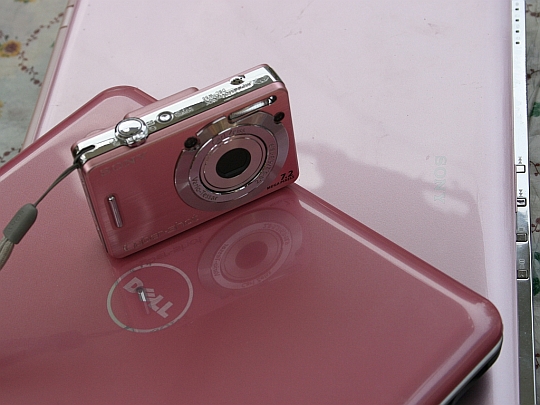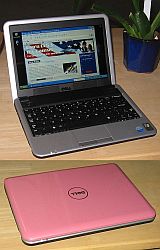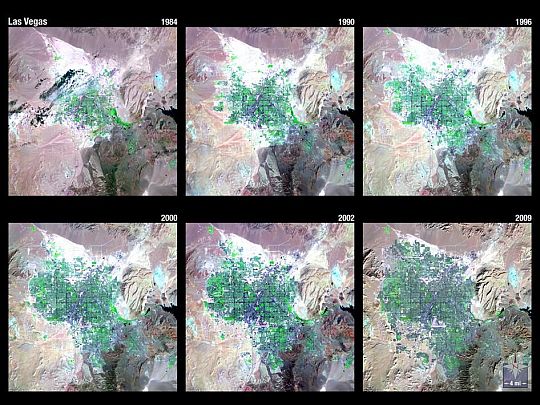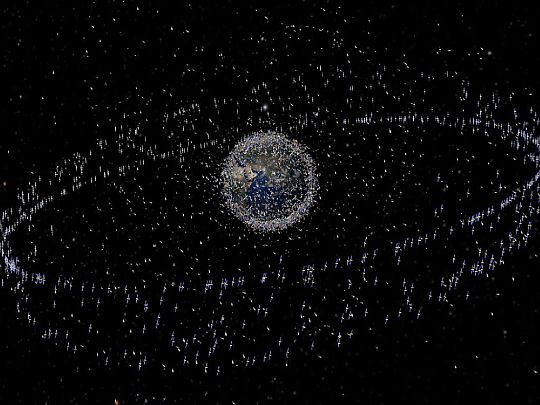Technobabble
Outage
 Our ISP lost an entire block of servers this afternoon. We were off for a little over an hour. Seems to be fine now.
Our ISP lost an entire block of servers this afternoon. We were off for a little over an hour. Seems to be fine now.
Sorry for any inconvenience.
Server Upgrade

We’re currently backing up the website files and database. When that is concluded, we’re going to be off line for a while while our Internet Services Provider (ISP) moves us to a bigger and faster server. Hang in there if things aren’t working since there will be an IP address change that will result in the Domain Name Servers having to re-associate the IP with the URL. We might be gone for several hours while that is happening.
My New Pink Notebook Computer
A few weeks ago, we decided to get this little notebook computer for me so whether we’re in the back yard swing or on the road, I’ll have my own little blogging machine.
While we enjoyed our winter cruise, we had a bottleneck of sorts with computer access. At home, we’re used to each having a computer connected to our local network with internet access. On the road, we had to share our one laptop. Neither of us had enough time to do our usual ‘thing’ – blogging and reading the other blogs.
It’s so cute! We got all set up today and now I’m off and running with the new toy.
Click the image to the right to enlarge . . .
The Las Vegas Boom
Landsat 5, one of several Landsat Earth-observing spacecraft has been operational for 25 years and counting. Originally intended for a three-year mission, this bird is still ticking. One of the more startling observations made by the Landsat program is a 25 year visual history of Las Vegas urban expansion.
Images courtesy and © NASA/USGS. Click image for larger view.
A Desert City Blooms
In the 25 years that Landsat 5 has been in orbit, the desert city of Las Vegas has gone through a massive growth spurt. The outward expansion of the city is shown here with a series of false-color images. The dark purple grid of city streets and the green of irrigated vegetation grow out in every direction into the surrounding desert. These images were created using reflected light from the shortwave infrared, near-infrared, and green portions of the electromagnetic spectrum (Landsat 5 TM bands 7,4,2).
Credit: NASA/USGS
 Notice the runways at Las Vegas McCarran Airport (Just below the center of the urban mass), barely visible in 1984, now clearly visible in 2009, as it has been surrounded by industrial growth.
Notice the runways at Las Vegas McCarran Airport (Just below the center of the urban mass), barely visible in 1984, now clearly visible in 2009, as it has been surrounded by industrial growth.
Coming Soon – Mini 9 Compact Laptop
 Now that we’ve had a taste of vacationing in a motorhome, we’re anxious to try it again. This spring, we’re going to head down to Phoenix to attend the Second Amendment Blog Bash and the NRA Convention. On the way, we plan to camp at a couple of scenic places.
Now that we’ve had a taste of vacationing in a motorhome, we’re anxious to try it again. This spring, we’re going to head down to Phoenix to attend the Second Amendment Blog Bash and the NRA Convention. On the way, we plan to camp at a couple of scenic places.
While we enjoyed our winter cruise, we had a bottleneck of sorts with computer access. At home, we’re used to each having a computer connected to our local network with internet access. On the road, we had to share our one laptop. Neither of us had enough time to do our usual ‘thing’ – blogging and reading the other blogs.
So, to correct that, we ordered a new Dell Mini 9 for me to use – both on the road, and when we’re on the patio swing when the weather is nice. I look forward to getting the new toy!
Oh! Did I mention it’s PINK!
Space Gridlock
After the collision of two polar-orbit satellites this week, it is worth the time to take a look at just how crowded the ‘technosphere’ is getting. This graphic presents an interesting perspective of the situation. But, in reality, if the the relative size of satellites in this picture were in the same scale as the planet, none of them would occupy even a single pixel – that is to say, they would be invisible. Click for large image.
From today’s NASA Image of the Day:
The launch of the first artificial satellite by the then Soviet Union in 1957 marked the beginning of the utilization of space for science and commercial activity. During the Cold War, space was a prime area of competition between the Soviet Union and the U.S.
In 1964 the first TV satellite was launched into a geostationary orbit to transmit the Olympic games from Tokyo. Later, Russian launch activities declined while other nations set up their own space programs. Thus, the number of objects in Earth orbit has increased steadily — by 200 per year on average.
The debris objects shown in the images are an artist’s impression based on actual density data. However, the debris objects are shown at an exaggerated size to make them visible at the scale shown.
Image Credit: European Space Agency




